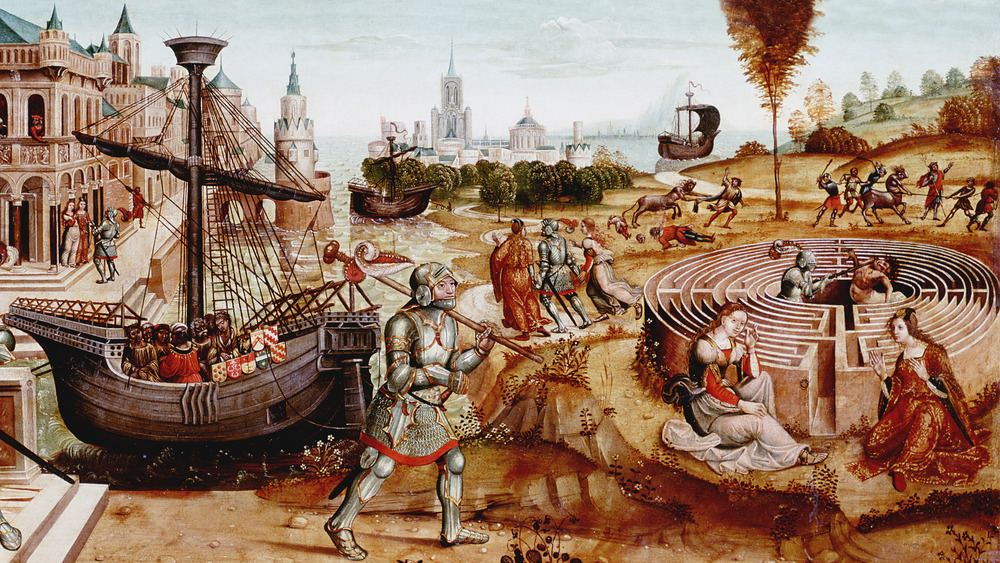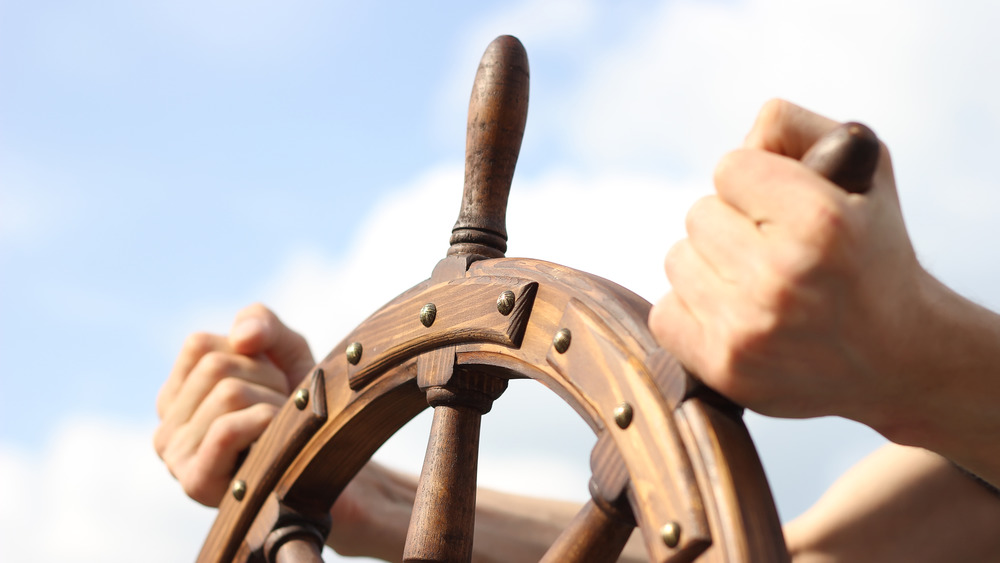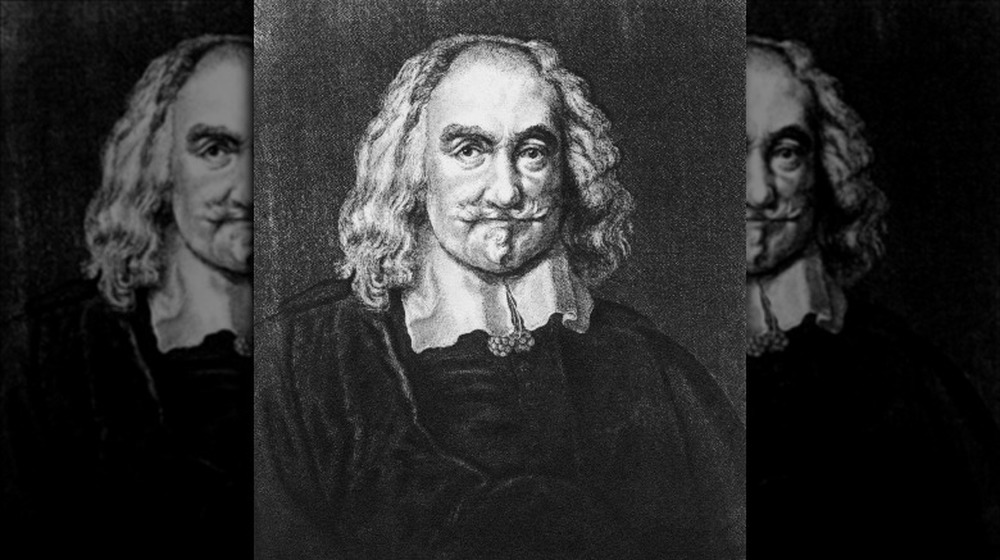The Ship Of Theseus Paradox Explained
If you've caught the season finale of WandaVision, you may be wondering what, exactly, is the Ship of Theseus? While the show gives some background as it relates to Vision and White Vision, there may be a few things you still have questions about.
There are some philosophical conundrums that seem to be embedded, that we ponder in everyday life, perhaps, without ever really thinking about it. One of these is known as "The Ship of Theseus," a metaphysical puzzle concerning how the identity of an object might change as it undergoes change and the passage of time.
The puzzle, also known as "Theseus' Paradox," was first noted down by the Greek philosopher Plutarch, born in the first century AD, in his work Life of Theseus. Theseus was a legendary Greek hero of the Labyrinth myth who, having found his way to the center, is victorious in battle against the great minotaur, a fearsome creature with the body of a human and the head of a bull.
What is the Ship of Theseus?
Plutarch tells us: "The ship on which Theseus sailed with the youths and returned in safety, the thirty-oared galley, was preserved by the Athenians down to the time of Demetrius Phalereus. They took away the old timbers from time to time, and put new and sound ones in their places, so that the vessel became a standing illustration for the philosophers in the mooted question of growth, some declaring that it remained the same, others that it was not the same vessel."
Many philosophers, such as Prof. Jennifer Wang of Stanford University, tend to simplify Plutarch's original into the following question: if the Athenians who had kept the Ship of Theseus as a monument to the great hero's adventures had to replace one plank of the ship every year and did so for a thousand years — at which point every part of the ship has been replaced — is it still technically Theseus' ship?
The Ship of Theseus and the metaphysics of identity
At first glance, we come to a straightforward answer: no, if none of the original planks are there, it is no longer truly the Ship of Theseus. However, if we make that argument, then we must answer another question: when does the monument stop being the Ship of Theseus, and become something else? Is there a point at which too many planks have been replaced for the ship to lay claim to being the vessel that Theseus sailed in to perform his heroics?
As Wang notes, the selection of a number appears to be arbitrary, and therefore leads us down a rabbit hole, potentially arguing that each time a plank is replaced, we are technically presented with a different ship. And even if we decide to be hard-nosed about it, and we say that after half of the planks are replaced it is no longer the ship in question, what would we argue when exactly 50 percent of the planks have been changed, and it is equally Theseus' ship, and not?
So perhaps we should say that yes, even with the replacements, the vessel is still the Ship of Theseus. But there's a twist in the tail, provided by the British philosopher Thomas Hobbes (pictured): what if the replaced planks, worn or damaged as they were, were then reassembled? We would have two ships. Are they both the Ship of Theseus?
No wonder this puzzle has stuck around for two millennia.


